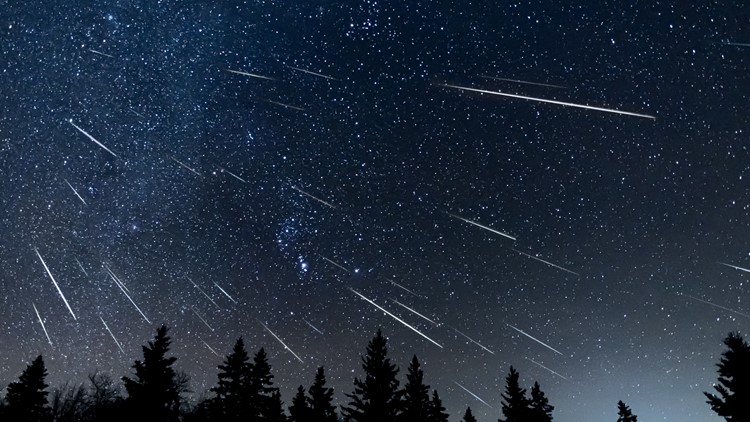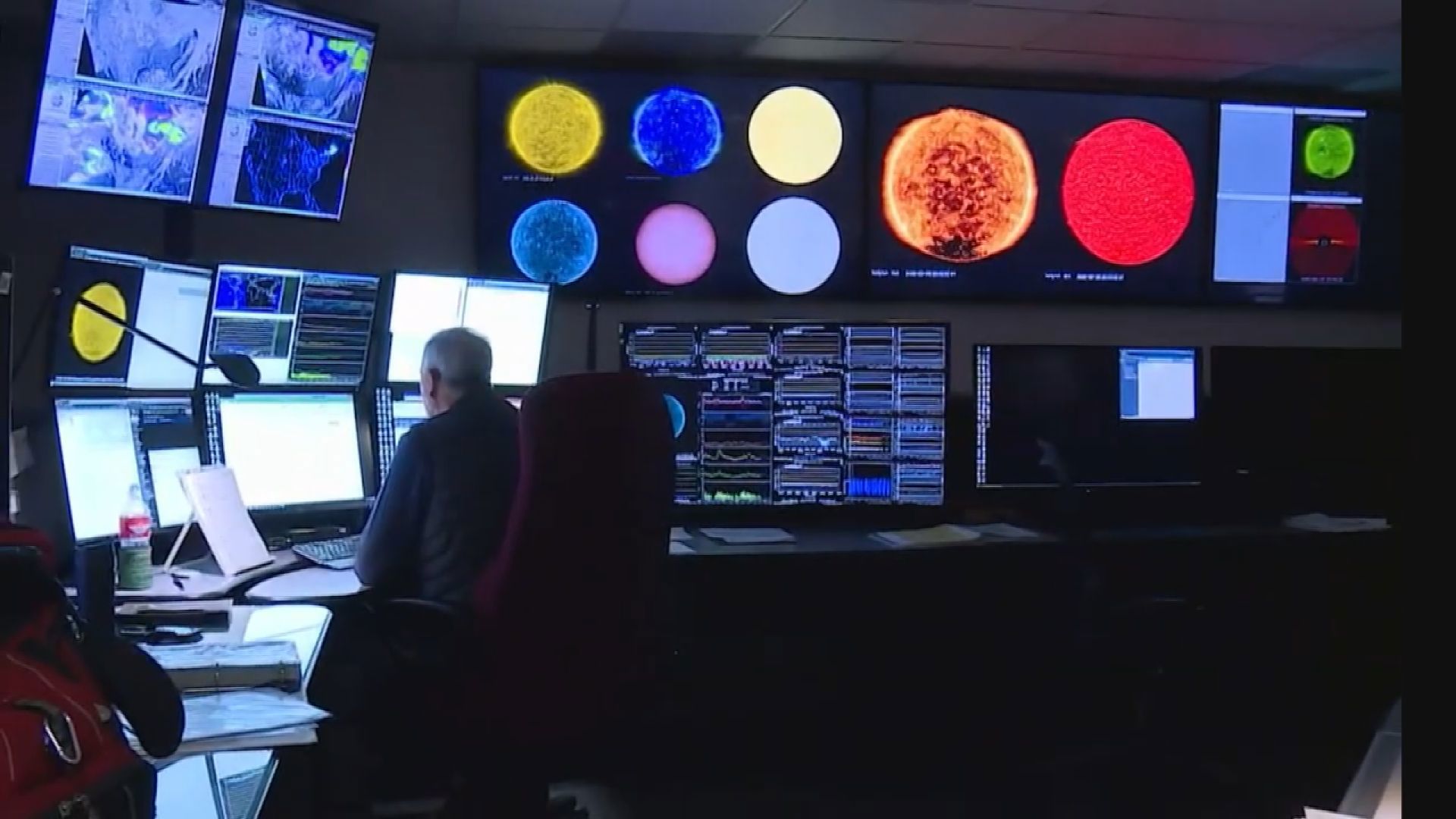SEATTLE — Stargazers, the Perseid meteor shower is expected to reach its peak this year on Aug. 11 and Aug. 12 but will remain visible through late August.
We have compiled a list of places in Washington that are dark enough to give you the best chance of spotting some meteors in the late night/early morning hours.
But first things first, what are the Perseids? And why do they come around every year?
According to NASA, meteors are leftover comet particles from bits of broken asteroids. Comets come around the sun and leave dusty trails in their wake. The Earth then passes through the debris trails that collide with and disintegrate in our atmosphere.
The Perseid meteor shower in particular is comprised of space debris from comet 109P/Swift-Tuttle. Swift-Tuttle takes over 133 years to orbit the sun. NASA notes the Perseid meteors can leave long trails of light and color behind them as they burn up in Earth's atmosphere.
For people hoping to spot the Perseids, keep in mind, it's a late-night activity. The Perseids may first become visible around 10 p.m., but the best chance of seeing the meteors may not come until 1 to 2 a.m.
Western Washington's peak Perseid forecast
Unfortunately, there won't be the best conditions for stargazing during the Perseids' peak, according to KING 5's Rich Marriott. Onshore winds will increase over the weekend, pushing low marine clouds overnight beginning Sunday, Aug. 11.
For the Puget Sound area, these clouds move in after midnight, which is when the meteor count is typically the highest.
"At that time, you are on the leading edge of the Earth in its orbit and it sweeps up additional debris for more meteors," Marriott said.
There will also be a quarter moon in the sky, adding some brightness even when the skies are clear. Typically, Marriott would suggest heading to eastern Washington to get some stargazing in, but visibility issues may arise due to extensive wildfire smoke.
Spots to stargaze
For stargazing spots in Seattle, check out The Best Spots for Stargazing in Seattle by Space Tourism Guide. Locations include Alki Beach and Constellation Park - however, stargazers in the Emerald City have to contend with intense light pollution that may impact their ability to see the meteors.
For those willing to make a trek, here are some dark spots to check out:
Mount Constitution - Orcas Island
The Washington Trails Association (WTA) lists this spot as the highest point on Orcas Island, offering "unparalleled views over Puget Sound." Mount Constitution is in Moran State Park, so those planning on night hiking will have to camp and have a Discover Pass. It's possible to drive to the summit for those uninterested in hiking all the way to the top. Check out more spots on the WTA's Dark Places Digest.
Sunrise Picnic Area - Mount Rainier National Park
The national park said it isn't uncommon to see 60 meteors within an hour during the shower's peak. Once at the Sunrise parking lot, the main trailhead is on the right side of the parking lot between the restrooms and the Sunrise day lodge. The park asks that people stay on paths to help protect plants and wildflowers. Pets on a leash are allowed in the picnic area but not on any trails. This is a popular spot to watch the shower, so plan to get there early.
What to bring when going stargazing
Being out in nature at night requires some preparation and forethinking to make sure everything goes smoothly.
Here's what people should bring for night hiking and hiking in general, according to the Washington Trails Association:
- A detailed map of the area and a compass
- Plenty of water
- Extra food
- Rain gear and insulation
- Waterproof matches and a dry or waterproof striker
- A first-aid kit
- Knife or a multitool
- A headlamp or flashlight with extra batteries and lightbulbs
- Emergency shelter
- Eye protection (if starting the hike in the daytime)
People should also be sure to tell a friend or family member where they're headed and when they expect to be back.



